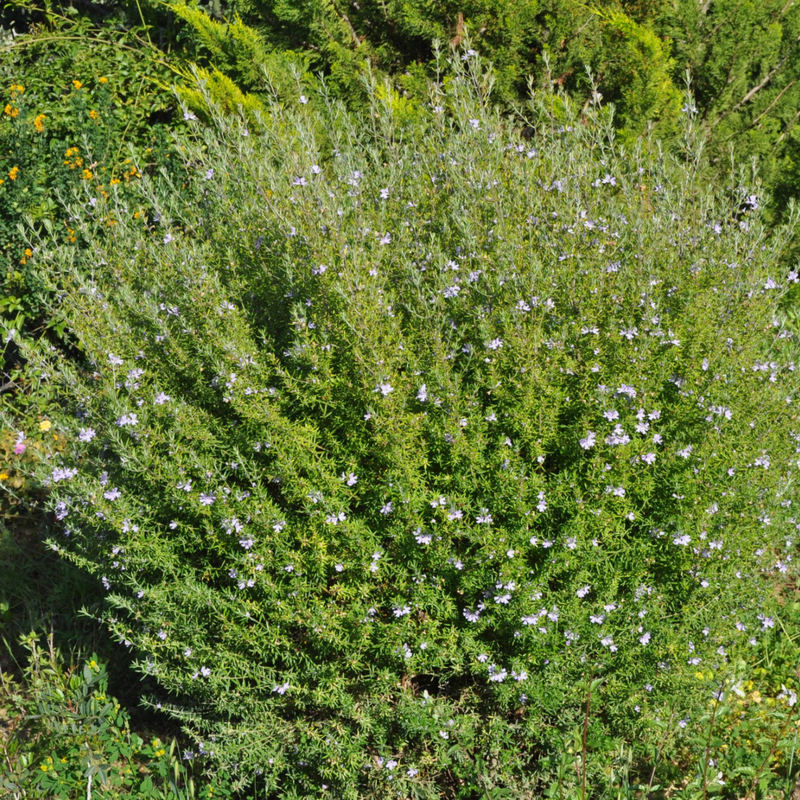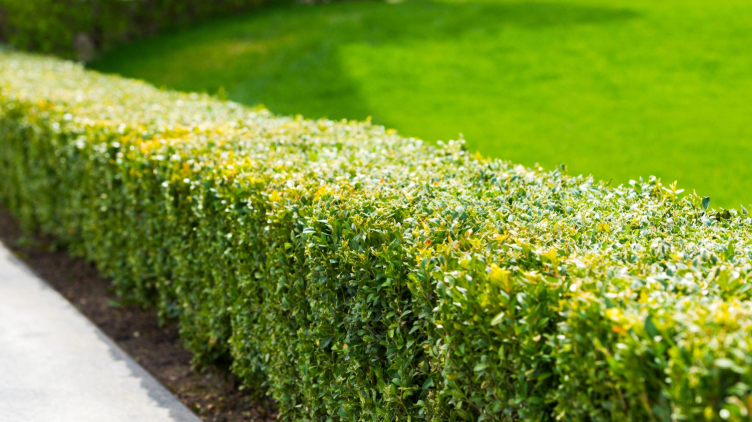
Privacy and Personality with Hedging
17 Mar, 2025
Preparation
Before you begin creating a hedge, think about how quickly you’d like to see results. Planting hedging plants closer together will result in an established hedge more quickly, while spacing them further apart will take longer to fill in but will require fewer plants. Choosing the right hedge for your garden is crucial. Take into account the conditions of the planting site, including sunlight levels, soil type, and exposure to wind. If you’re unsure, our expert team is always available to help you select the perfect hedge for your space. Prepare the soil before planting to give your hedge the best start. Enrich with nutrients by adding Kings Compost and Kings Sheep Pellets. For claybased soils, mix in ClayBreaker Gypsum to enhance drainage. For larger hedging plants, add a stake to keep them stable while their roots get established.
Planting
Before planting, have a look at how each plant is growing and position them so the bushier sides face the next plant. This ensures your hedge fills out evenly and quickly. Dig holes twice as wide and slightly deeper than the root ball to encourage root spread and healthy establishment. After planting, water deeply and feed with Aquaticus Organic Garden Booster. Apply a layer of mulch, such as Living Earth More Than Mulch, around the base of the plants to retain moisture and suppress weeds. Ensure the mulch doesn’t touch the stems to prevent rot.
Kings Top Tip
If traditional hedging isn't your thing, try adding a unique flair with a hedgerow. Hedgerows are created by combing multiple different hedging species for a more natural diverse look.
Our Top Hedging Plants
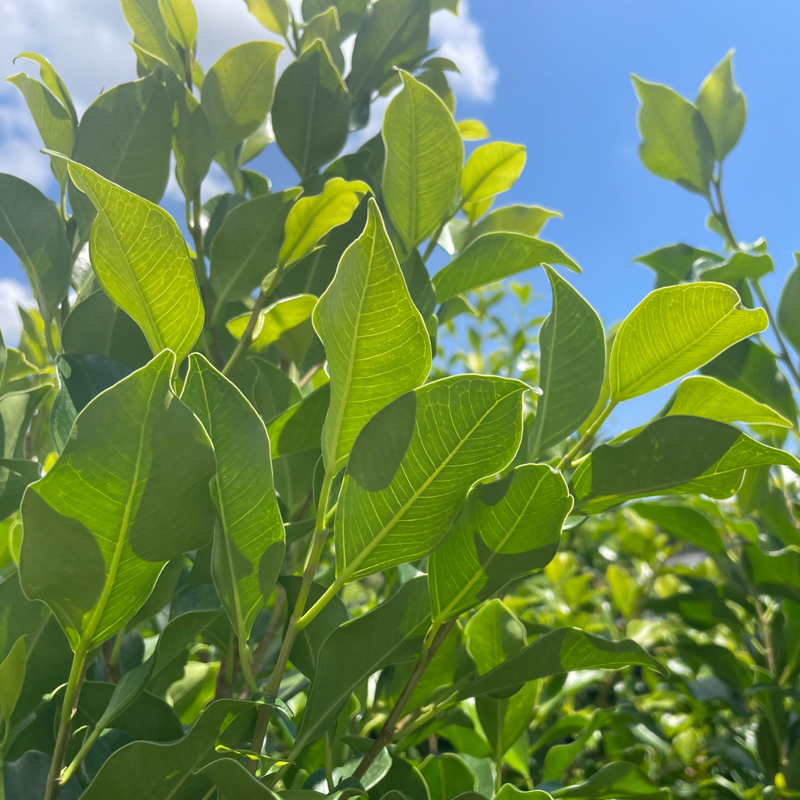
Ficus Tuffi
This fast-growing hedge is popular for its vibrant emerald-green foliage that darkens with age. Ficus Tuffi thrives in full sun or partially shaded spots, making it a versatile choice for many garden styles. For best results, space plants 50 cm to 1 m apart, depending on how dense you’d like your hedge to form.
Height: 3-4m
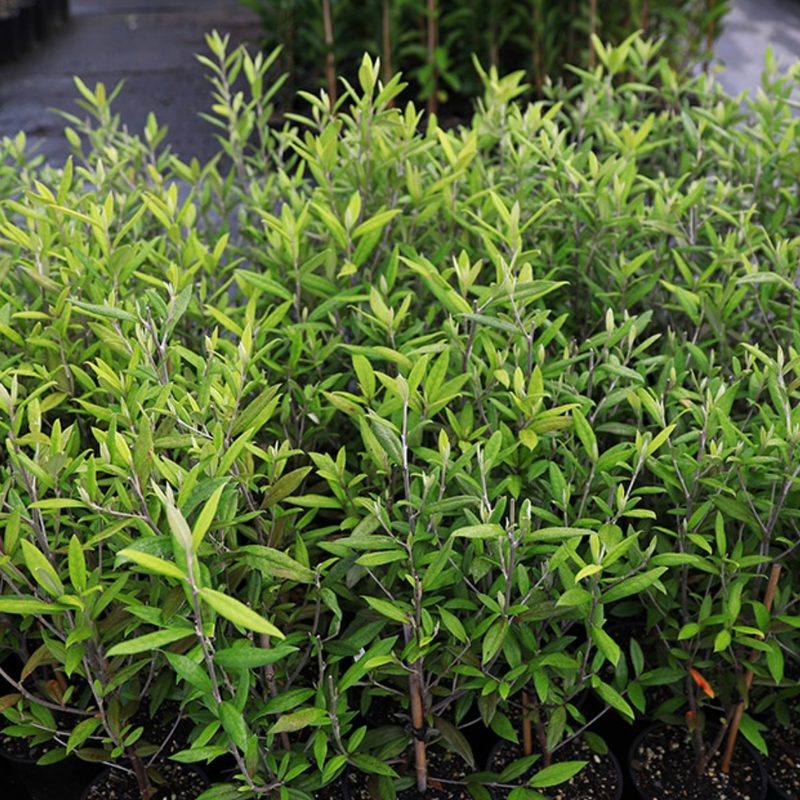
Corokia
Available in a range of stunning colours, including green, silver, and chocolate, this hardy New Zealand native is an excellent choice for many garden types. Corokia grows well in full sun to partial shade and is tolerant of coastal winds and exposed conditions. Depending on the variety, space plants 30 cm to 50 cm apart
Height: 1-2m
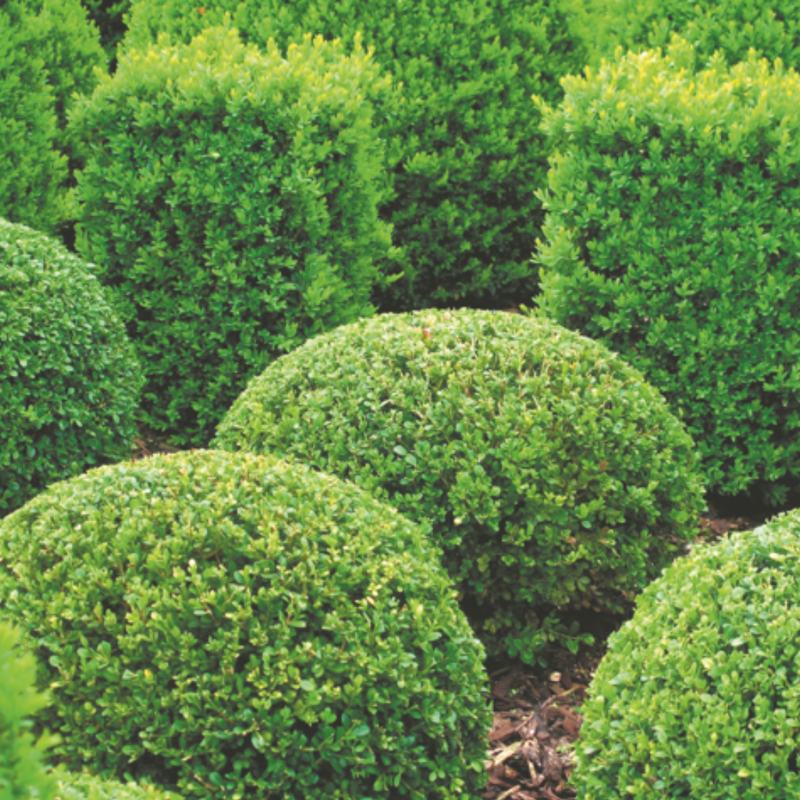
Buxus
With its glossy, deep-green leaves and slow growth, buxus is a classic choice for formal hedges or borders. Its tolerance for frequent pruning and adaptability to sun or partial shade make it a lowmaintenance favourite. Buxus can be shaped and topiaried, making it a great versatile hedging option. Space plants 20 cm to 30 cm apart for a dense, formal hedge.
Height: 0.5-1.5m
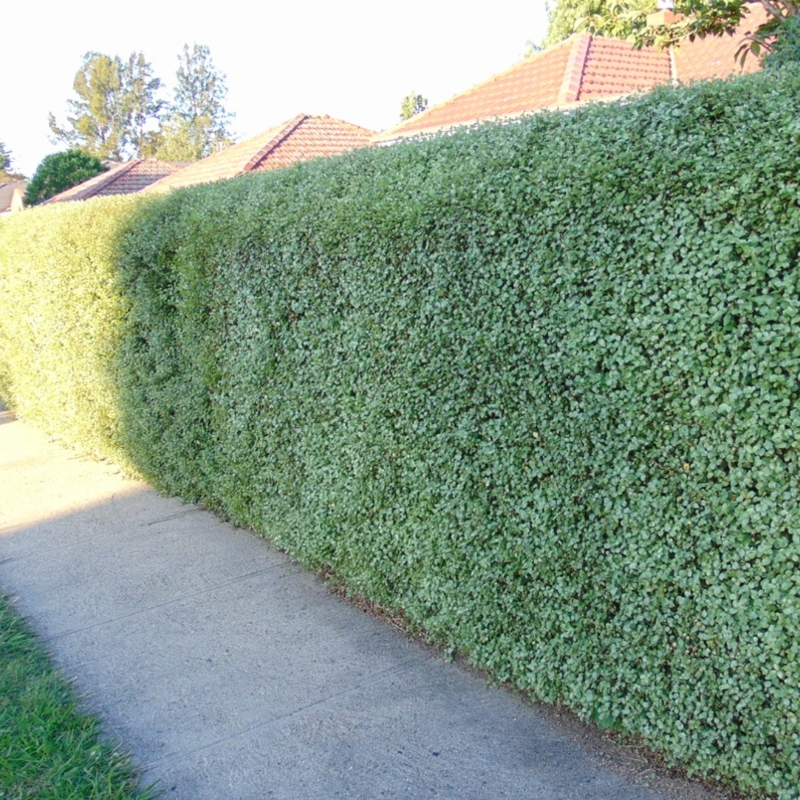
Pittosporum
With a range of varieties in different shapes, colours and forms, pittosporum is a hardy native shrub that is commonly used as hedging. Its fast-growing nature makes it a great choice for those looking to establish a hedge quickly. Pittosporum thrives in full sun to partial shade and suits both formal and informal garden designs.
Height: 2-5m
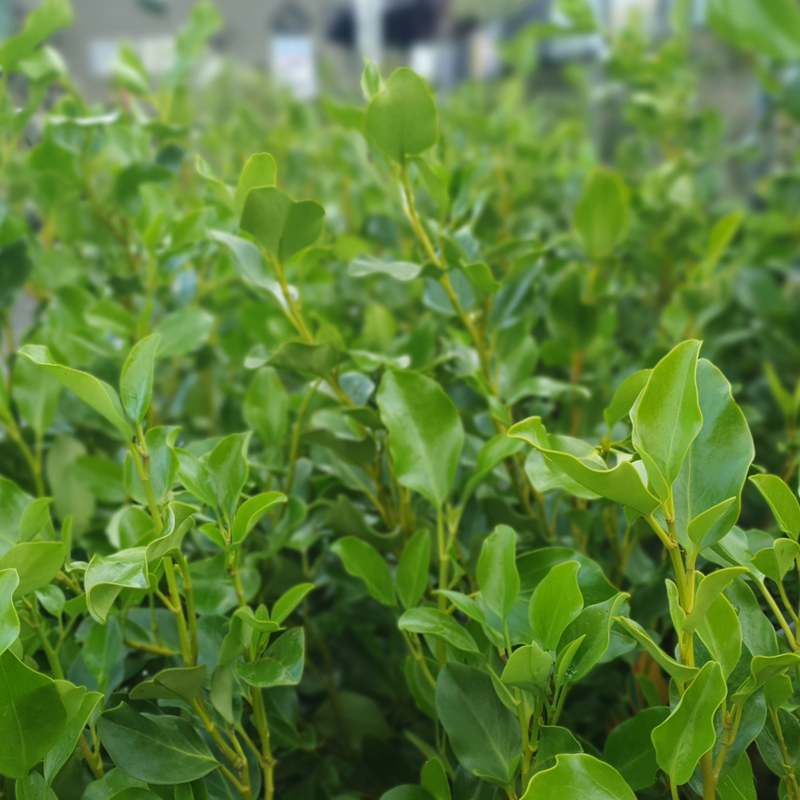
Griselinia
This hardy and adaptable New Zealand native is a favourite for hedging. With its lush, evergreen foliage and tolerance to a wide range of conditions, Griselinia suits most garden styles. Space 75cm apart when planting.
Height: 3-4m
